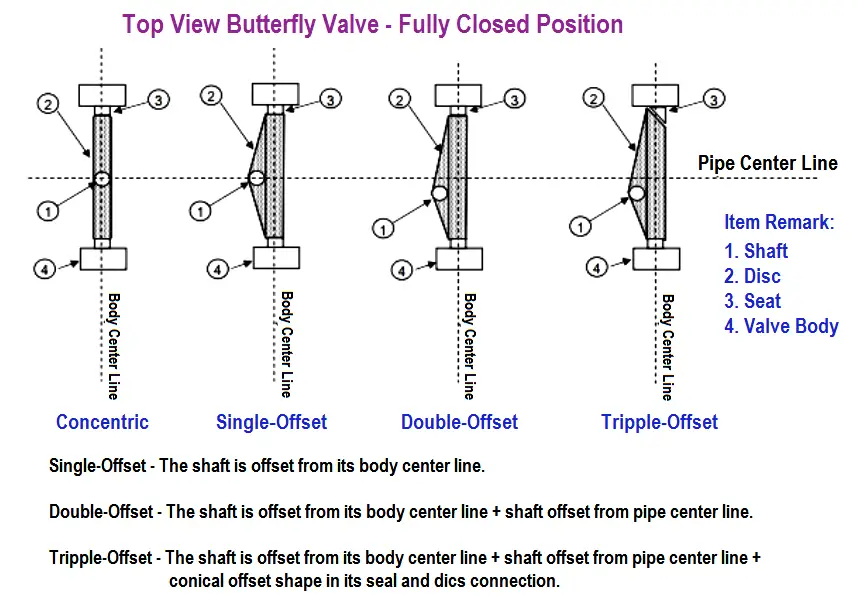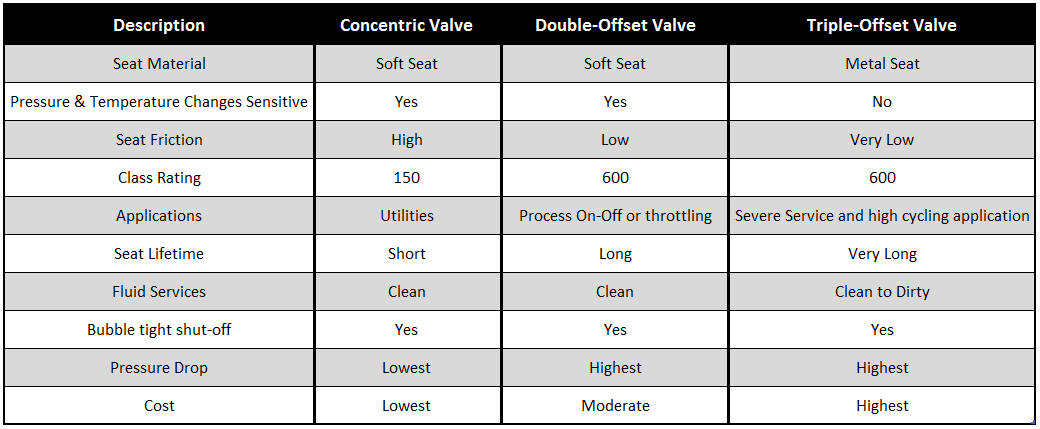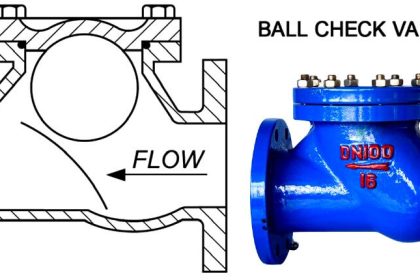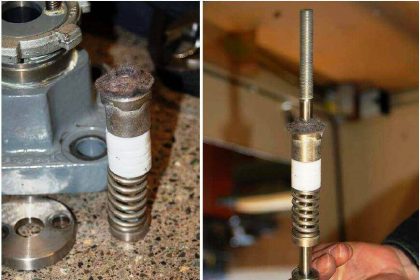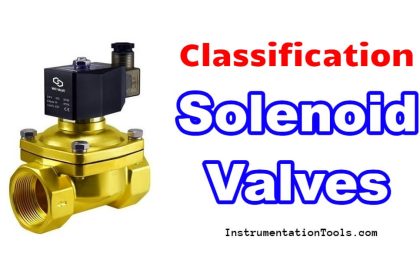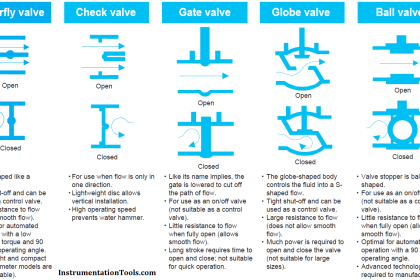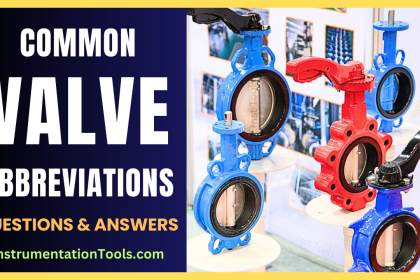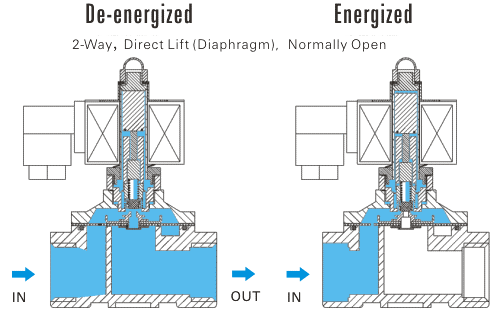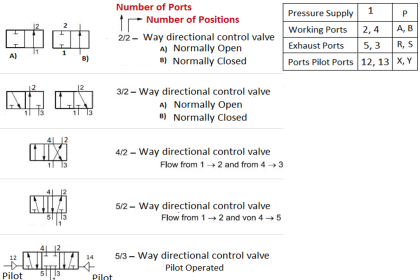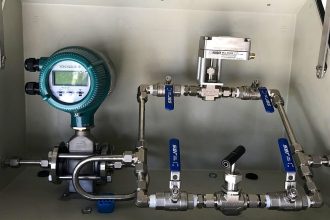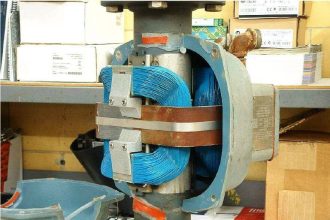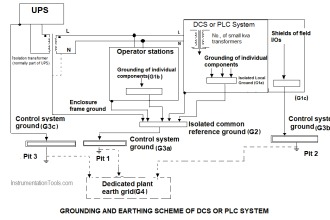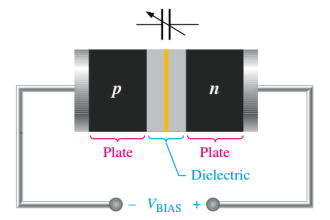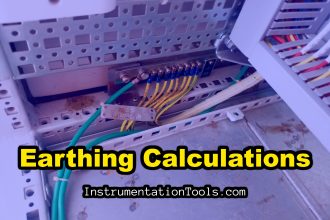The butterfly valve is a quarter-turn valve that can be used as an on-off valve or throttling valve. There are two types of butterfly valve, a concentric and an eccentric type. The eccentric type can be single, double, or triple-offset type. Even though it is possible to have a single-offset butterfly valve, but it is rarely found in the market.
The most available in the market for an eccentric type are double-offset or triple-offset. Some times this 2 sub-type of butterfly valve is also called as a high-performance butterfly valve. With these 3 variants of a butterfly valve (concentric, double offset, and triple offset), in what condition we should use a concentric, double-offset, or the triple-offset one?
First of all, let’s see what is the difference between concentric, double-offset, and the triple-offset butterfly valve.
Concentric Butterfly Valves
The concentric butterfly valve is a standard or a general use butterfly valve. The shaft is located in the center of the disc. During opening or closing, there are some parts of the disc that always in-contact or rubbing the seat.
This arrangement will make the seat experience friction each time the valve is operating. In a typical application, this concentric butterfly valve is limited to class 150 due to its seat design.
Double-offset Butterfly Valves
The double-offset butterfly valve is a valve that has 2 offset compare with the concentric butterfly valve. The first offset is the shaft located not in the center of the disk but located on slightly behind the disc. This offset will make the valve has a continuous sealing surface on the disc.
The second offset is the shaft located not in the pipe center-line but located on slightly in the right side of the center. This offset will make the valve didn’t touch the seat at all when it is fully opens (see illustration above). This arrangement will make the seat experience less friction than the concentric type butterfly valve and thus will prolong its lifetime. In a typical application, this double-offset butterfly valve is limited to class 600 only.
Triple-offset Butterfly Valves
The triple offset butterfly valve is a valve that has 3 offset compare with the concentric butterfly valve. Just like the double-offset butterfly valve that has 2 offsets, this triple offset also has the same offset except it has one additional offset which is a conical shape seat. This conical-shaped seat will match with the disc that also fabricated to match the seat.
This arrangement will make the seat has no friction or rubbing while closing or opening. This arrangement will also make the valve has a bubble-tight in the high-pressure application and much longer lifetime rather than a double-offset butterfly valve. In typical application just like the double-offset butterfly valve, this triple-offset butterfly valve is limited to class 600 only.
Difference between Concentric, Double-offset, and Triple-offset Butterfly Valve
Read Also:
- What is Butterfly Valve?
- Construction of Butterfly Valve
- Classification of Valve Actuators
- Questions and Answers on valves
- Basic Parts of Control Valve
